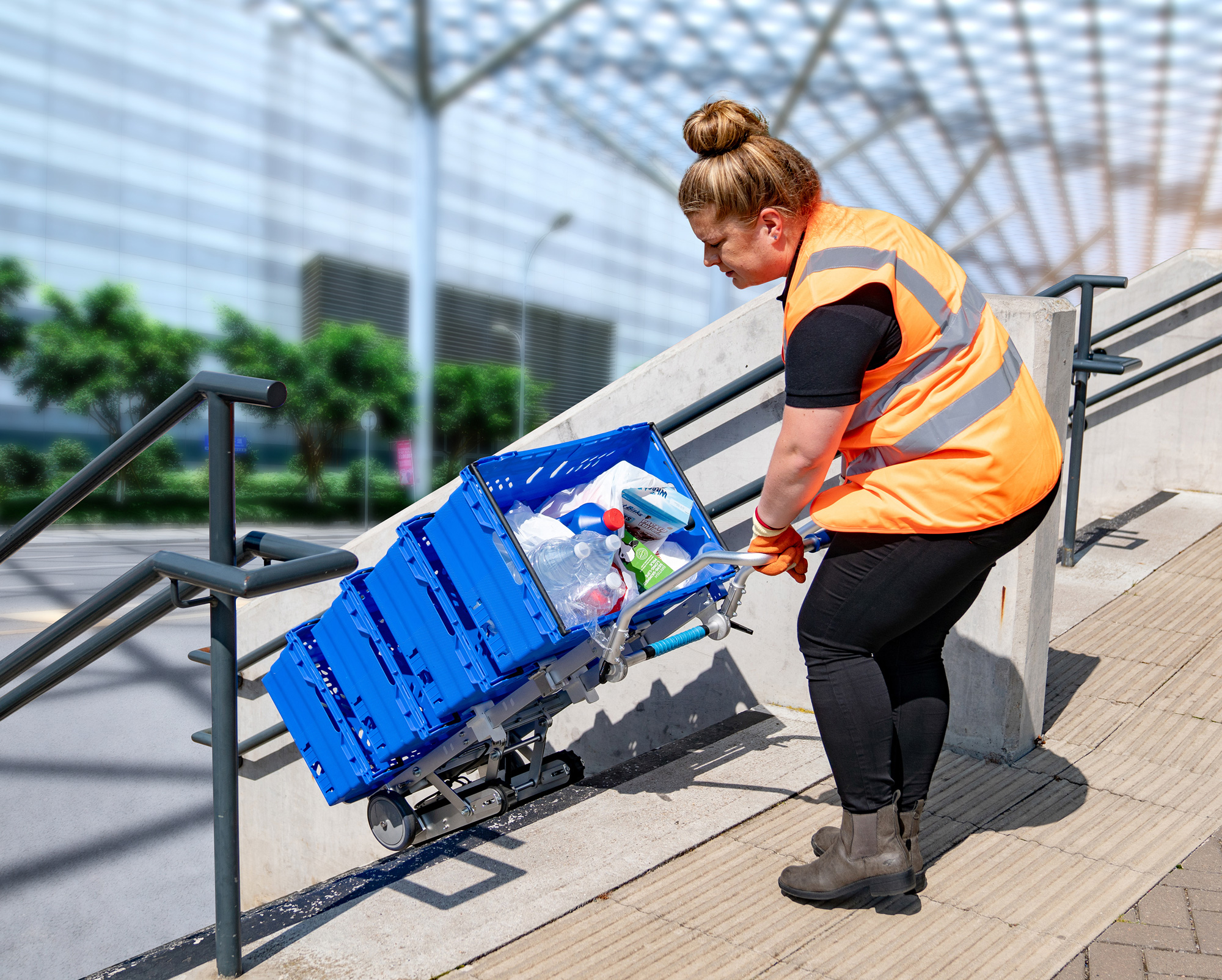In an expansion of its support for global healthcare and pharmaceutical customers, CEVA Logistics has launched a new sub-brand to support better patient outcomes through the company’s broad range of healthcare logistics services.
CEVA FORPATIENTS now offers healthcare and pharmaceutical companies end-to-end logistics solutions that place the patient at the centre of the supply chain. As part of the suite of solutions, the company is also introducing a new temperature-sensitive logistics product that will begin service in the second quarter of 2021.
The CEVA FORPATIENTS suite of healthcare logistics now encompasses temperature-sensitive solutions, pharma and biopharma, medical devices, consumer health, hospital and home care, as well as diagnostic and laboratory services.
Centralising its global healthcare offerings under the FORPATIENTS umbrella gives greater visibility of CEVA Logistics’ range of services to its customers and assures them of the central position of the patient. The company is also launching an advertising and social media campaign to show how logistics solutions support common medical procedures and healthcare needs.
In view of better patient outcomes, CEVA’s healthcare solutions address quality, privacy and compliance requirements, including being fully GxP and GDP compliant and meeting all national and international regulatory requirements. The company ensures these areas are managed from pick-up to delivery. Specific regulation and compliance information, as well as additional information about CEVA’s healthcare solutions can be found on the dedicated website www.cevalogisticsforpatients.com.
The new CEVA Logistics’ solution requires investment in temperature-controlled facilities around the world. With the support of its parent company, the CMA CGM Group, a world leader in shipping and logistics, CEVA has committed to operating a network of more than 40 such airfreight stations by the end of 2021. Some of the stations will also offer other services, such as contract logistics support.
In all, the stations will allow CEVA to not only service major healthcare gateways in regional markets, but also to supply more than 1,450 healthcare trade lanes globally. Through the global network, CEVA will welcome a broad range of customer shipments in conjunction with its temperature-sensitive packaging solutions, including active and passive packaging, as well as solutions for out-of-gauge goods.
As part of its product offerings, CEVA will provide leading visibility and monitoring solutions for real-time decisions through embedded location and temperature IoT devices. Information will flow into the company’s award-winning Matrix supply chain management tool, as well as its global control tower technology for 24/7 shipment monitoring. This multi-layered approach ensures shipments are maintained at required temperatures – a major concern for healthcare customers. With vaccine and medicine transport growing globally, CEVA will focus its efforts on the 2- to 8-degree Celsius spectrum of products, including certain COVID-19 vaccines, though the company is capable of supporting customers with products, including vaccines, requiring lower temperatures throughout transport.
In addition, CEVA’s approach includes lane risk assessment, performance and capability management as well as a fully integrated cold chain transportation and storage management solution. The company also provides insight on the sustainability and carbon impact of various routing, packaging and mode of transport choices.
In healthcare and pharmaceutical markets, CEVA already serves more than 500 healthcare and life science companies globally, more than 50 healthcare contract logistics operations worldwide and 20 of the top 30 medical device supply chains. The company recently hosted a webinar titled “Optimizing Healthcare Supply Chains Beyond 2021” where an expert speaker panel explored the global pharma and healthcare industry, analysing how the sector is changing and what the future may hold.
Says Niels Van Namen, executive vice president of CEVA’s Global Healthcare Sector: “Our customers supply the vaccines, medical devices, medication and other support products on which patients around the world depend. For example, diabetic patients should not have to worry about supply chain reliability for their insulin. At CEVA, we’re expanding our temperature-sensitive solutions to ensure that, no matter the logistics challenges faced, patients’ needs are met. Behind every shipment, we see a patient.”
Says Mathieu Friedberg, CEO, CEVA Logistics: “The global healthcare market has seen enormous change over the last year as a result of the pandemic that continues to affect daily life. The pandemic is also combining with the advance of technology and at-home treatment to usher in a new era of healthcare. As an agile logistics provider, CEVA will continue to offer new healthcare logistics solutions for our customers, and ultimately their patients. Today’s new FORPATIENTS sub-brand confirms our commitment as a responsive and reliable supply chain for better patient outcomes.”











